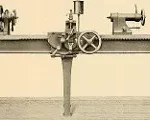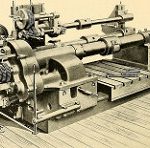
Reliability activities serve one purpose: to support better decision making.
That is all it does. Reliability work may reveal design weaknesses, which we can decide to address. Reliability work may estimate the longevity of a device, allowing decisions when compared to objectives for reliability.
Creating a report that no one reads is not the purpose of reliability. Running a test or analysis to simply ‘do reliability’ is not helpful to anyone. Anything with MTBF involved … well, you know how I feel about that. [Read more…]













